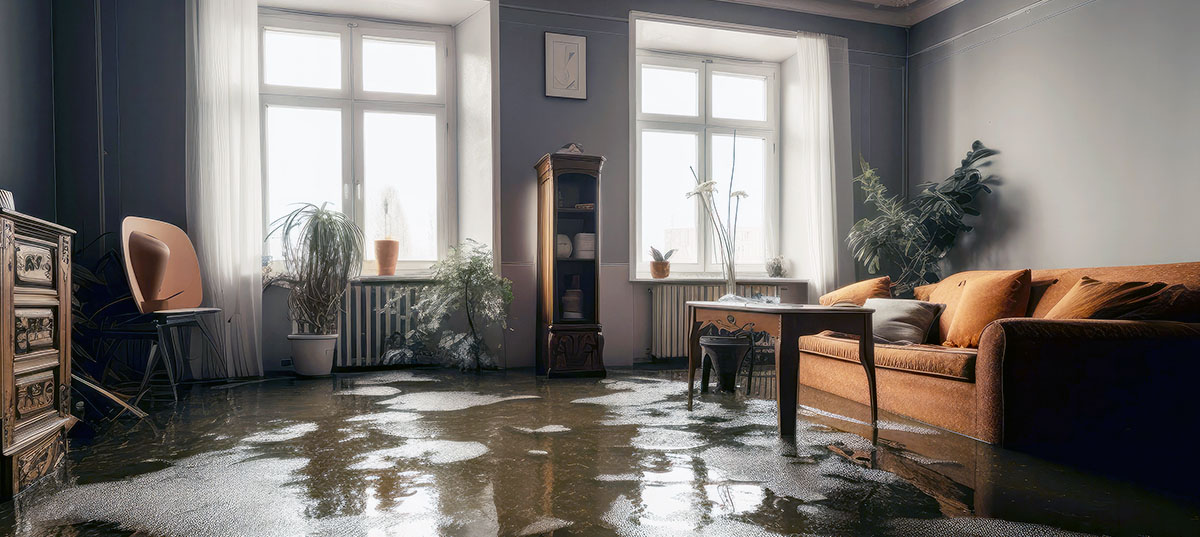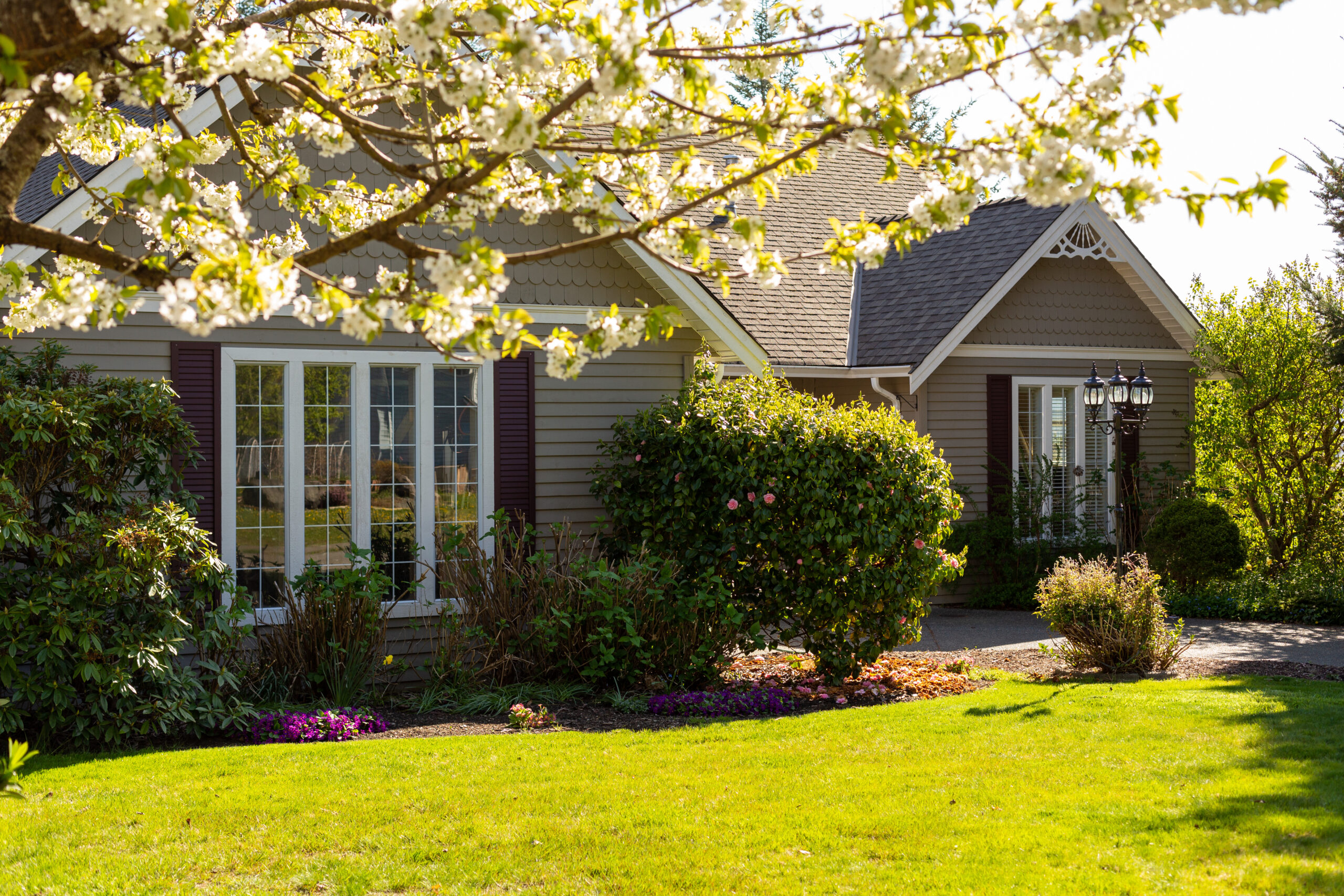Table of Contents
- Understanding the Water Damage Threat
- Your Role in Preventing Water Leaks: Stay Vigilant
- A Water-Secure Home
Understanding the Water Damage Threat
In a world where we take great care to secure our homes and possessions, it’s easy to forget that one of the most common threats comes in the form of water. Your home is like a sponge, and even a small amount of water can cause extensive damage to your basement, roof, walls, and floors, leading to potential mold growth. Regular maintenance around your home and taking important steps to prevent water damage before it happens can help minimize the impact water can wreak on your home.
Your Role in Preventing Water Damage: Stay Vigilant
1. Inspect Hoses and Valves Regularly on these Common Culprits
Dishwashers, ice makers, water heaters, toilets, sinks, washing machines, and showers can be troublemakers and often spring leaks or cause other problems. Washing machine hoses and plumbing are common suspects as they can burst unexpectedly, even when the machine is off. Examine the connection hoses and pipes on these at least once a year and replace them if you notice cracks or water leaks—especially if the hoses are over five years old. Use good quality steel braided hoses whenever possible.
2. Use Water Leak Detection
Install water leak detection devices in areas prone to leaks, such as basements, laundry rooms, bathrooms, kitchens, or near your sump pump. These devices can alert you to potential leaks and even shut off the water supply to minimize damage. To learn more, read our blog on water detection devices.
3. Consider Installing Floor Pans
Place floor pans beneath appliances like washing machines and water heaters. While they won’t protect you from a major flood, they can catch small leaks you might not notice.
4. Know the Location of Your Water Shut-Off Valve
In case of a severe leak or rupture, it is vital to know where and how to turn off your home’s water supply. Make sure both you and your family members are familiar with the valve’s location. If you’re planning to be away from your home for more than a couple of days, turning off the main water valve can prevent major damage while you’re absent.
“So often we see large water losses that occur while a homeowner is away on vacation or a business trip that damage an entire structure that could easily have been prevented if the homeowner had shut off the main water valve,” says Unica’s IICRC Certified Field Operations, Jasmine Paino. “It is a very simple way to protect your home from water damage and many people don’t take this extra step before they leave, often leading to extensive damages.”
5. Ensure Proper Caulking
Maintain watertight caulking around showers and tubs to prevent water from seeping into your floors. If you spot cracked caulking, remove and replace it.
6. Repair Plumbing Leaks Promptly
When you spot pipes dripping or observe dark stains near them, it’s crucial to repair them promptly to prevent further water damage. Additionally, check your roof for any missing, loose, or damaged shingles and make the necessary repairs. Proper drainage is essential to prevent water from seeping into your home’s foundation. Maintain regular inspections of water flow around your residence and promptly tackle any drainage issues.
7. Look for Areas of Moisture or Mold
Make it a routine to check your home for indicators of moisture or mold, like paint or wallpaper peeling, dark spots on skirting and sills, or any musty odors. Address these concerns promptly to prevent further water damage and potential health hazards.
8. Prevent Frozen Pipes in Cold Climates
In the winter, prevent pipes from freezing by keeping your home at a minimum temperature of 10°C—even when you’re away for an extended period. A smart thermostat will allow you to control and monitor your home’s climate from anywhere.
Outside your home, remember to remove hoses from spigots and properly drain hose bibbs before temperatures drop. Each hose bibb will also have a valve shut-off that should be closed during the winter as well.
9. Keep Gutters Clear of Debris
Frequently clear your gutters to avoid clogs from leaves, moss, or weeds. Clogged gutters can result in a buildup which impedes the drainage of water and can cause ice damming in the winter, which may lift nearby shingles. Ensure your downspouts remain unobstructed and channel water away from your home’s foundation. Extend downspouts so they drain water at least 2 metres away from your home.
10. Roof Inspection
Check both the inside and outside of your roof for any signs of water leaks or visible damage. Pay attention to damp spots in the attic, tea-colored stains on plaster, and any damaged flashing around chimneys. In the event of severe roof damage, it’s best to hire professional roofers to replace damaged sections.
11. Backwater Valve
Consider having a backwater valve professionally installed to prevent water and sewage flowing into your home through drains, sinks or toilets. This can occur if the main line overflows from a flood or sudden downpour.
A Water-Secure Home
By following these simple water damage prevention tips, you’re ensuring the safety of your home. Remember that early detection and quick action are your allies in reducing water damage risks. To learn more about protecting your home against water damage, talk to a broker about Unica’s WATERtight™ protection—a comprehensive solution that safeguards your home against Overland Flooding, Ground Water, Surface Water, and Sewer Backup.


